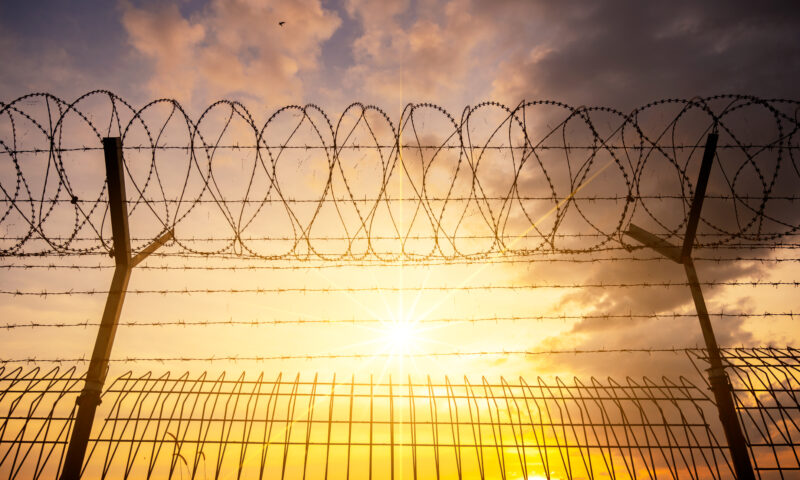

Where prisons are located, the way they are built, and the health condition of prisoners means deaths will likely increase with climate change, experts say.
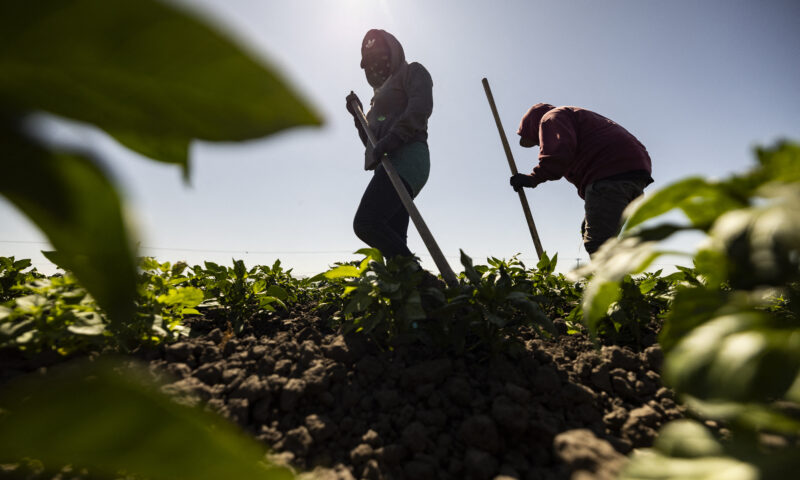

In response to a Capital & Main investigation, lawmakers say more enforcement and worker education is needed.


As California regulators struggle with short staffing, farmworkers say they are denied shade and water required by law.
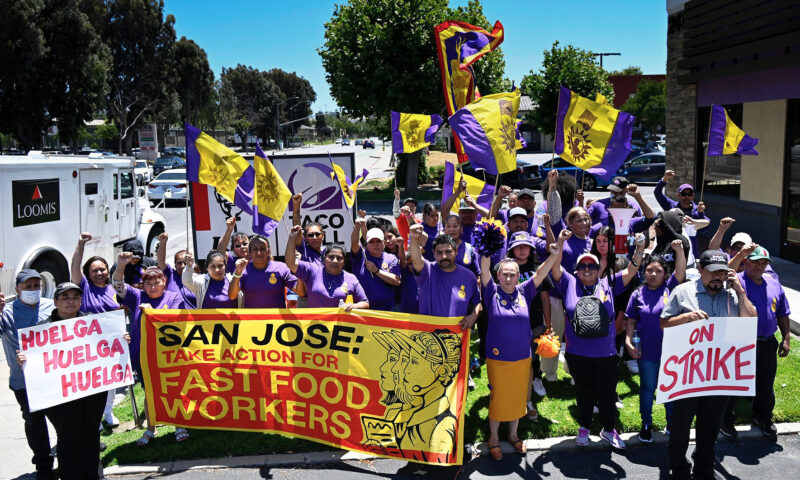
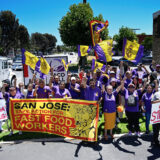
Workers push for mandatory training in L.A. and San Jose, where they meet industry resistance.
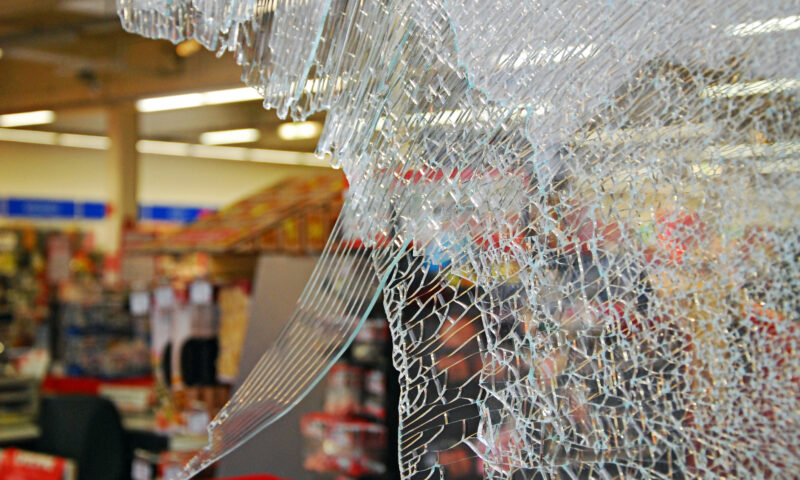

Industry opposes a legislative bill to enact protections, but could support less stringent proposed Cal/OSHA safety requirements.


On the day Flying Food Group employees in L.A. had planned to picket, they found exit doors wouldn’t open.


California has fined GEO Group over $100,000 for “willful and serious” health and safety violations.
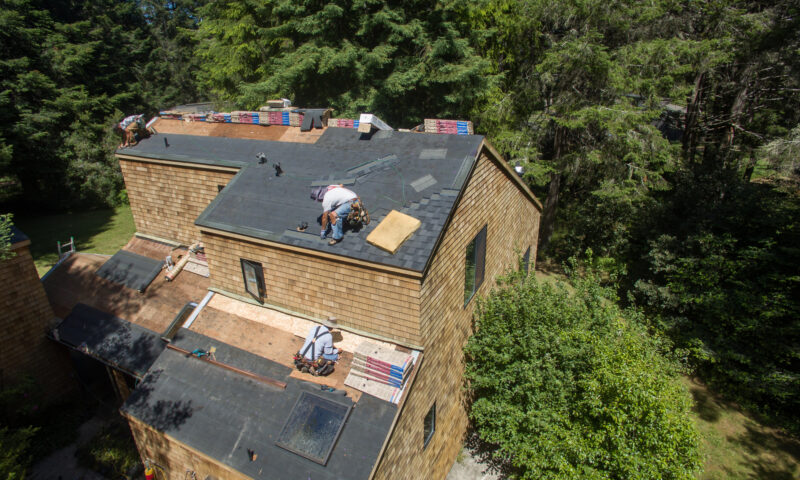

Huge gaps in Cal/OSHA’s network of field inspectors leave workers with less protection.
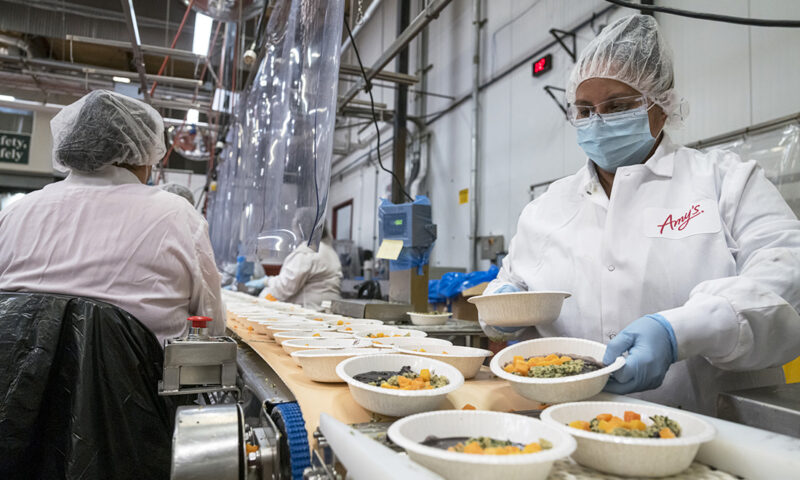

The organic and vegetarian meal maker is facing a litany of complaints from employees over workplace abuses.


The state is waiting for a federal court case to be resolved before implementing regulations meant to prevent further deaths.
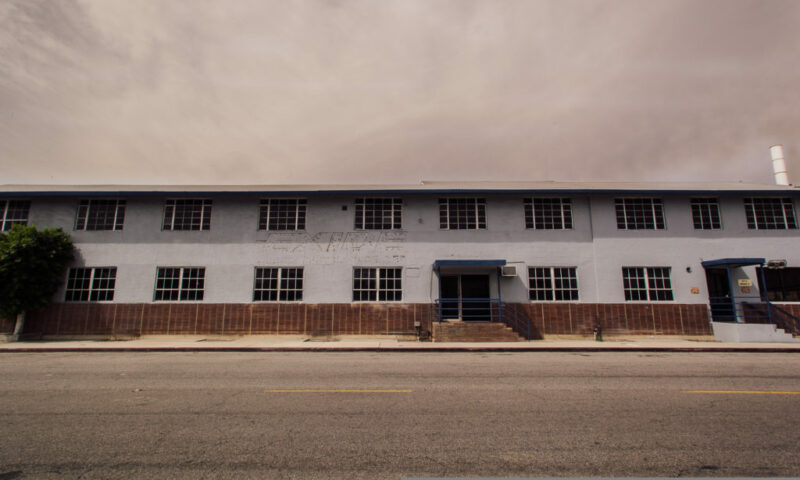
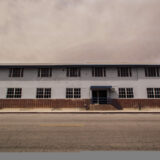
The former plant is believed to have impacted more than 10,000 properties east of Los Angeles.

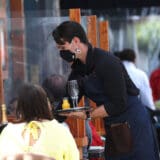
California’s “State of Emergency” gets ready for the unmasked masses.


California’s workplace safety agency has received complaint after complaint about COVID-related cases fueled by lax labor protections.


Guns spewed lead dust. Child gymnasts trained. California regulators failed to act.

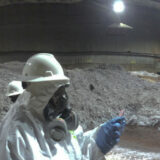
Battery recycling is considered one of the most potentially hazardous industries. Yet Vernon’s Exide workers were routinely being poisoned with nearly nonexistent intervention by Cal/OSHA.
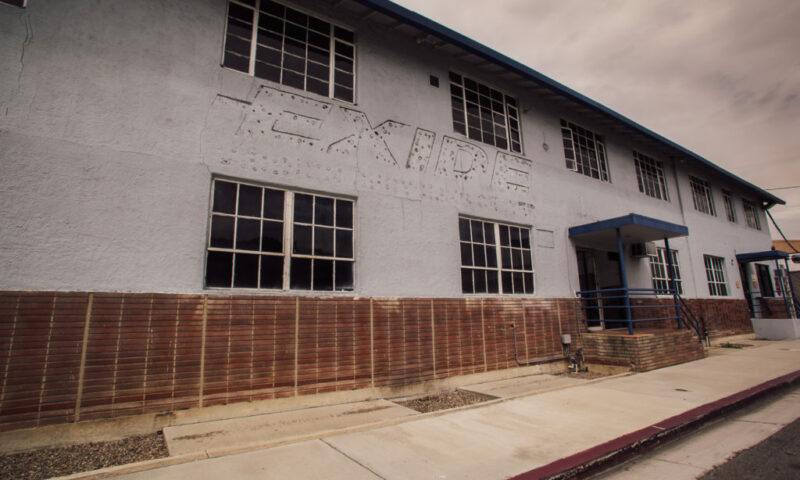

California’s Department of Public Health and Cal/OSHA failed to protect workers from lead contamination at a battery recycling plant.


Health officials took eight days to send letters to parents of children possibly contaminated by lead. And not everyone received a letter.


Reporter Joe Rubin explains how California’s public health department dropped the ball in a Bay Area contamination case.


Santa Clara County has not revealed how many of the children who attended a now-shuttered gymnastics facility have been tested for lead.


Guns spewed lead dust. Child gymnasts trained. California regulators failed to act.